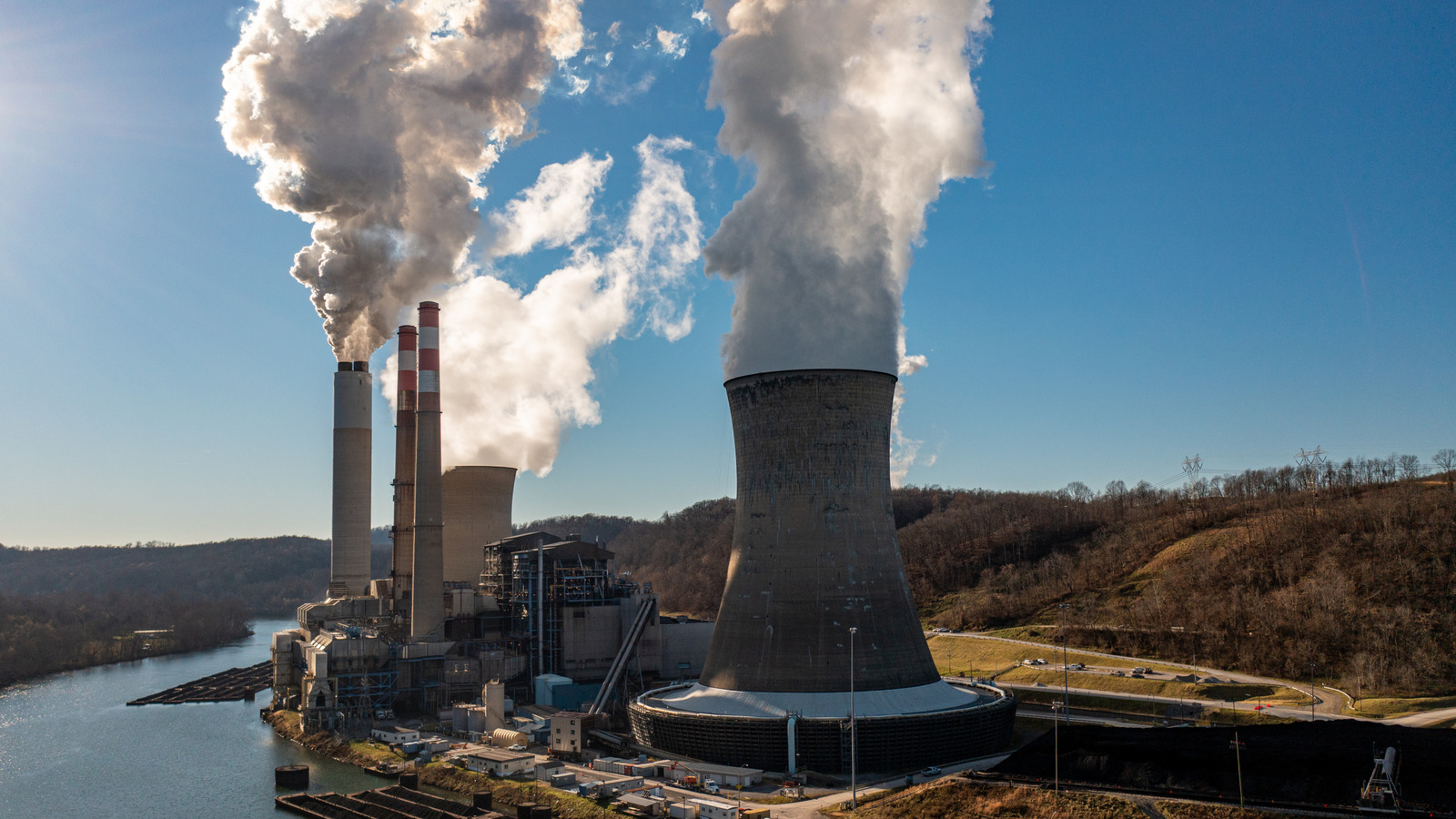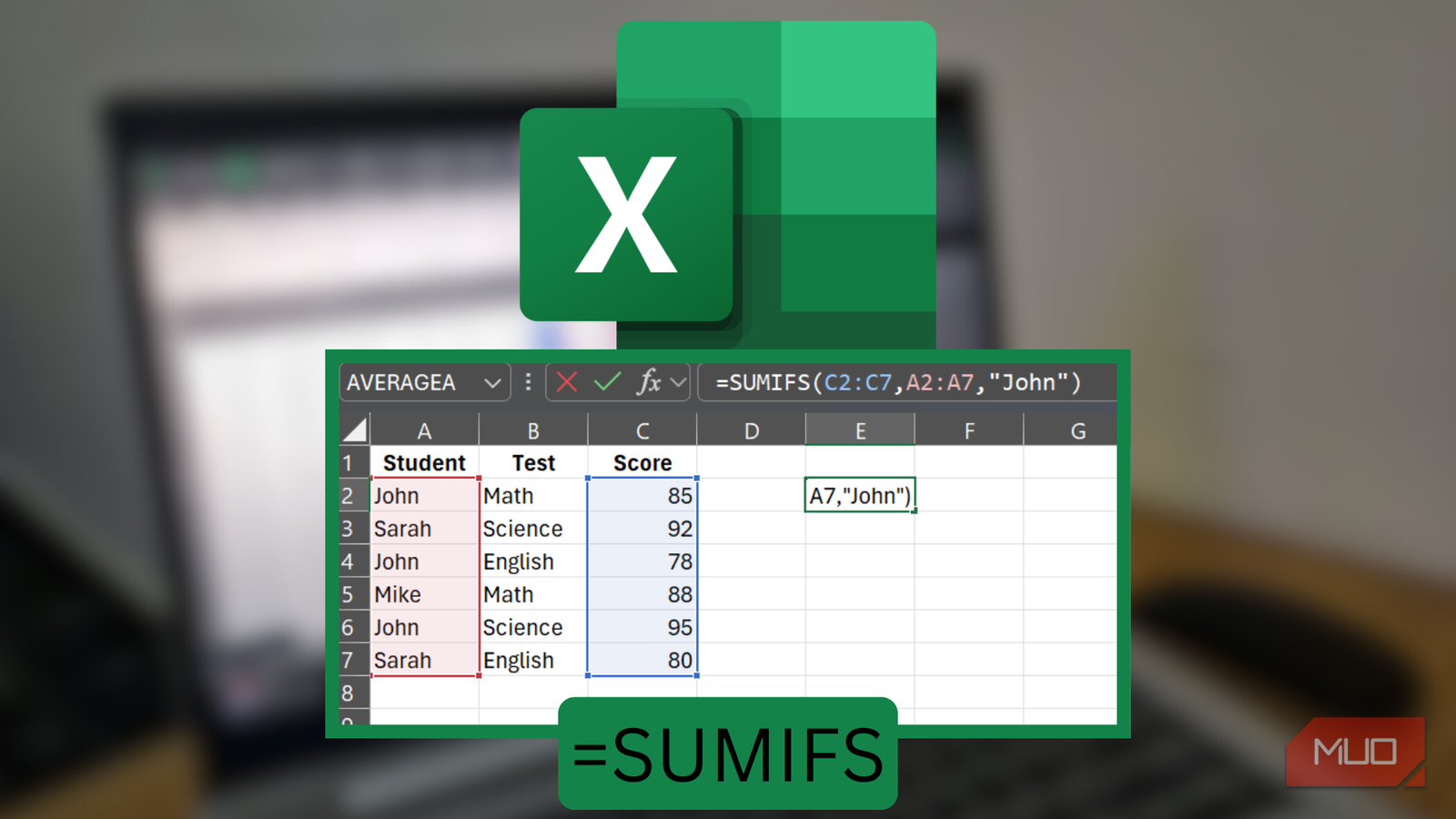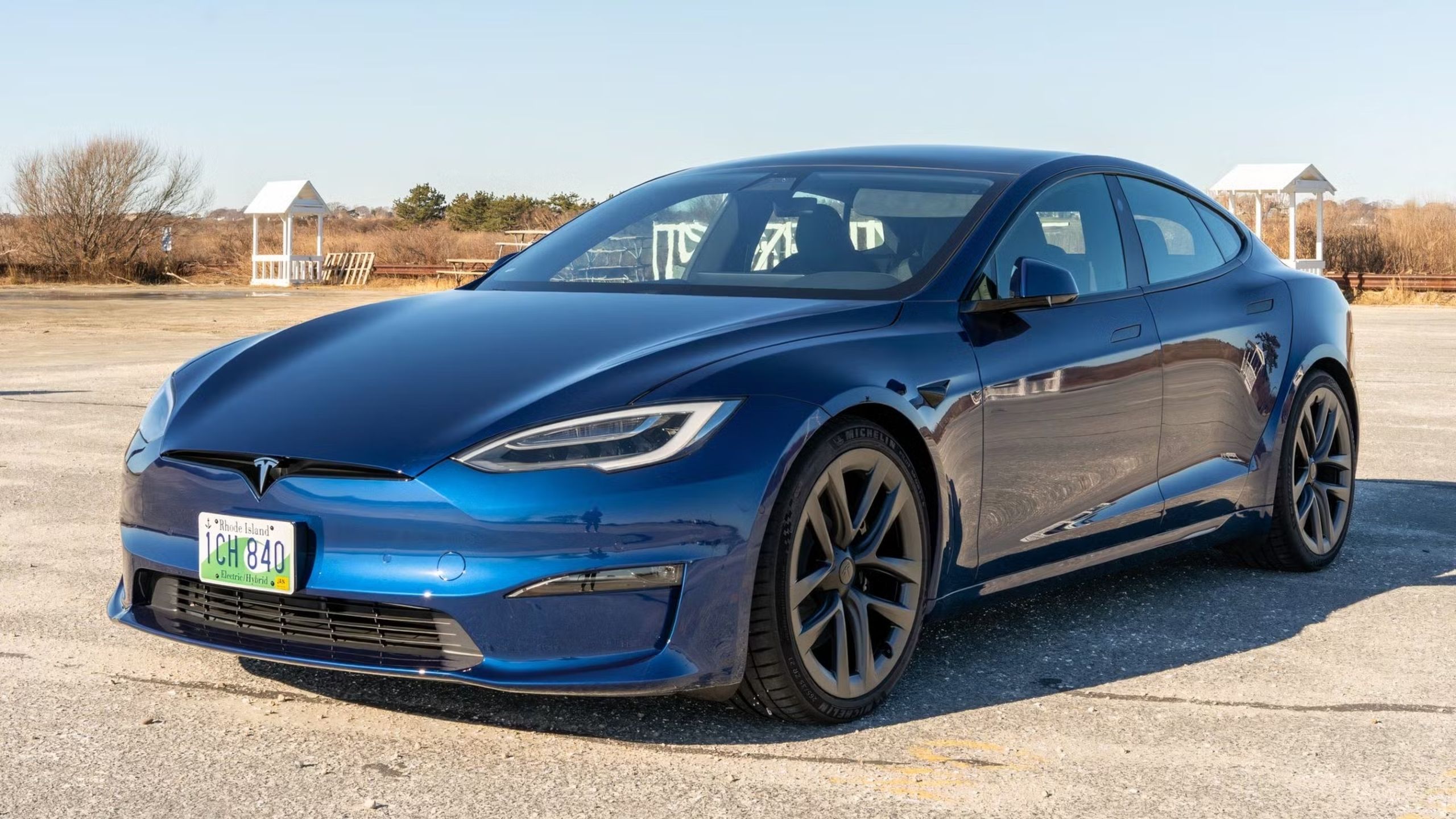The top500 supercomputing top500 list that has just been updated at the ISC High Performance 2025 event, reflects few changes in the protagonists of the most powerful computing machines on the planet, but confirm the main trends observed in the last editions of this list that is published biannually.
Outstanding aspects of supercomputers TOP500
One of the observed trends is the Power increase that is repeated in each edition. The combined total yield of the 500 systems reaches 13.83 EXAFLOP/s, compared to 11.72 Exaflop/s 6 months ago. The entrance to the list also increased, to the 2.44 PFLOP/S mark on the benchmark Linpack. The same can be said of the average concurrence level, which is now 275,207 cores per system, compared to 257,970 of the anterior list.
Among the main hardware suppliersIntel continues to supply processors for most Top500 systems (58.80 percent), but lowers slightly compared to those who use AMD solutions, 173 systems for 34.60%. Nvidia continues to increase the positioning of its accelerators/coprocessors, today present in 236 machines compared to 210 six months ago.
As to manufacturersHPE and Lenovo continue to lead the top500 supercomputers list at a large distance from the rest of the segment, Cray, IBM or Fujitsu, although the machine level per machine varies in each of them.
In Operating systems There are no alternatives and Linux rocks as the last decade has been doing. It must be remembered that when this list began to be published, Linux did not exist and Unix was the main supercomputing operating system. Today, 99% of the total use Linux.
Finally, by countries, USA y China They repeat as the first two in the list, although the tendency to reduce China’s participation is observed. The United States added two systems to the list, raising its total number to 173, while China reduced its number of representative machines from 63 to 46 and, as in the previous list, did not enter any new. Germany Keep shortening distances, with 43 machines on the list. By continents, North America leads with 187 systems, followed by Europe with 163 and Asia with 135.
Top500 of supercomputers: the 10 most powerful
The Top-10 of this list continues to monopolize the main headlines. Five of them use AMD processors, while three use Intel. One of them uses the Grace Hopper of Nvidia and the remaining the Fujitsu A64FX owner based on ARM. As for interconnection systems, seven use Slingshot, while two others use Infiniband, completing the top a patented tofu solution. We leave you with the 10 most powerful machines on the planet in gross performance.
1. The Captain. Located in the National Lawrence Livermore Laboratory in California, it remains as the number 1 system of the TOP500. The HPE Cray Ex255A system obtained 1,742 efflop/s in the HPL performance test. The Captain has 11,039,616 nuclei and is based on 4th generation AMD EPYC processors with 24 cores at 1.8 GHz and accelerators AMD Instinct MI300A. Use HPE SLINGSHOT interconnection for data transfer and reaches an energy efficiency of 58.9 gigaflops/watt. The system also reached 17.41 Petaflop/s in the HPCG performance test, which makes it the new leader of this classification.
2. Frontier. The second performance machine has a hardware similar to the previous one. A HPE Cray Ex installed in the Oak Ridge National Laboratory (ORNL) in Tennessee, where it operates for the energy department. He has currently reached 1,353 efflop/s with 8,699,904 cores. The HPE Cray Ex architecture combines CPU AMD EPYC of 3rd generation optimized for HPC and IA, with AMD instinct 250x accelerators and a SLINGSHOT interconnection.
3. Aurora. It currently occupies third place with an HPL score of 1,012 efflop/s. It is installed at Argonne Leadership Computing facility in Illinois, where it also operates for the energy department. It is another system based on HPE Cray Ex (Intel exasce Compute Blades). Use Intel Xeon Max Series processors, Intel Data Center Gpu Max Series and a Slingshot interconnection.

4. JUPITER Booster. The first European supercomputer Top500 is installed in the Europhc/FZJ in Jülich, Germany, where the Jülich Supercomputing Center operates. It is based on the XH3000 bullsequana architecture with direct liquid cooling of Evide and use the Grace Hopper superchips in Nvidia. It is currently in the commissioning phase and has reached a preliminary value of 793 Petaflop/s.
5. Eagle. Microsoft has the fifth world supercomputer and dedicates it to its service in Azure cloud. It is based on the Xeon Platinum 8480C processors and has additional NVIDIA H100 accelerators. Reaches a rate of yield of 561 Petaflop/s.
6. HPC6. It is installed in the center of ENI SPA in Ferrera Erbognone, Italy. This is another Hpe Cray Ex235A system with CPU AMD EPYC of 3rd generation optimized for HPC and IA, AMD Instinct 250X accelerators and with a Slingshot interconnection. Reaches 477.9 Petaflop/s of performance.
7. Fugaku. The first Asian computer for performance is installed at the Riken Center for Computer Science (R-CCS) in Kobe, Japan. It has 7,630,848 nuclei, which allows you to reach an HPL reference score of 442 Petaflop/s. Use Fujitsu A64FX 48c processors to 2.2GHz and a Tofu owner interconnection system, also from Fujitsu.

8. Alps. Installed at the Swiss Supercomputing National Center (CSCS), it currently occupies the eighth place and is the third of those installed in Europe. It is a HPE Cray Ex254N system with Nvidia Grace 72C and NVIDIA GH200 SUPERCHIP, and a SLINGSHOT INTERCONNECTION. Reached 434.9 Petaflop/s.
9. Space. Another HPE Cray Ex installed system at the CSC (Finland) EUROHPC Center. It is operated by the European High Performance Computer Center (EUROHPC Ju) and is combining European resources to develop high -end exa -squeal supercomputers for Big Data processing.
10. Leonardo. It is installed on another Eurohpc plant in Cineca, Italy. It is a XH2000 bullsequana Atos system with main intel xeon platinum 8358 32C to 2.6 GHz processors, NVIDIA A100 SXM4 40 GB accelerators and an NVIDIA HDR100 infiniband interconnection of four rail infiniband. Reaches a yield of 241.2 Petaflop/s.
We would not want to end without highlighting the Spanish supercomputer Marenostrum 5 ACC, which is currently located 14th per Gross HPL yield with 175.3 Petaflop/s. It is a XH3000 bullsequana system with Intel Xeon Platinum 8460y processors, NVIDIA H100 accelerators and infiniband interconnection. It is also part of the European EUROHPC/BSC Supercomputing Network.

Beyond the previous machines, those that lead the gross performance for their score in the HPL reference test, the top500 supercomputer offers offers other types of listings such as the GREEN500 that values the energy efficiency of the large computational systems and that is led by Jedi and collects other listings with other reference tests such as Graph500 BFS that dominates the Japanese Fagaku.












